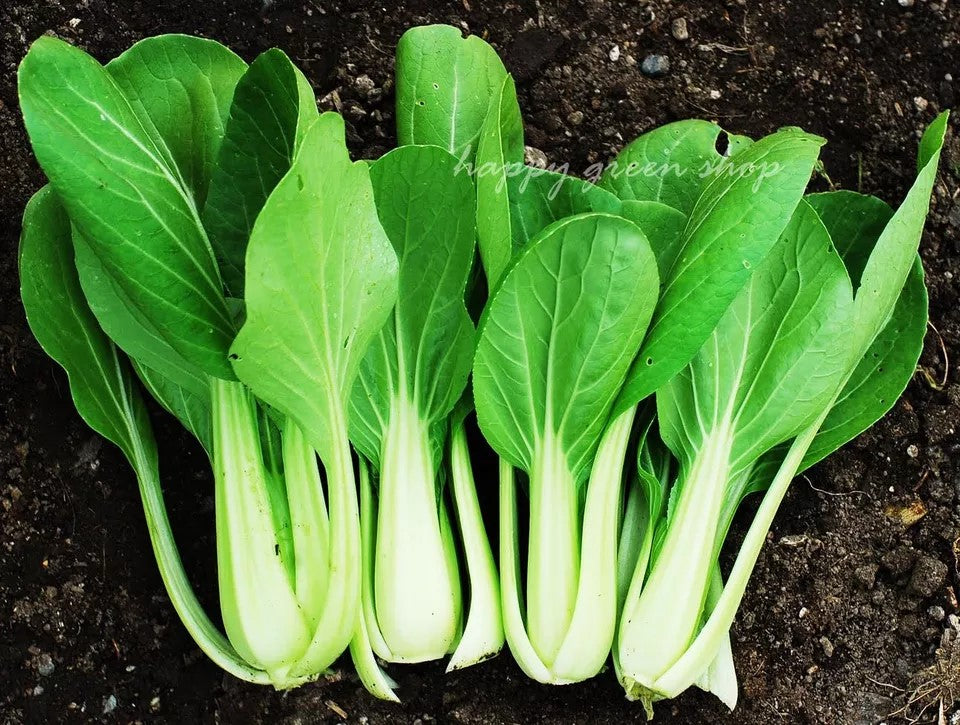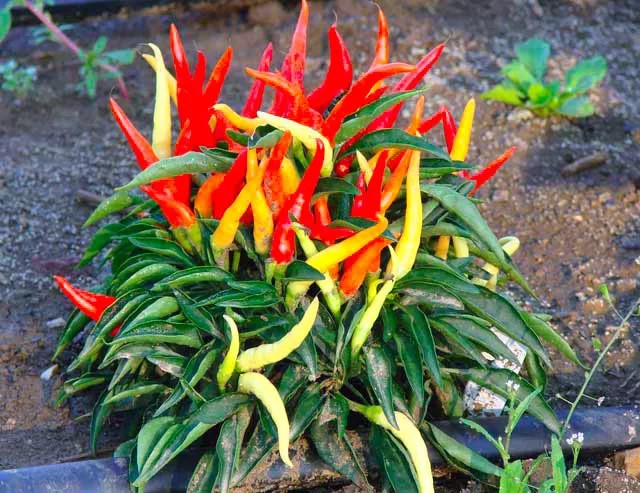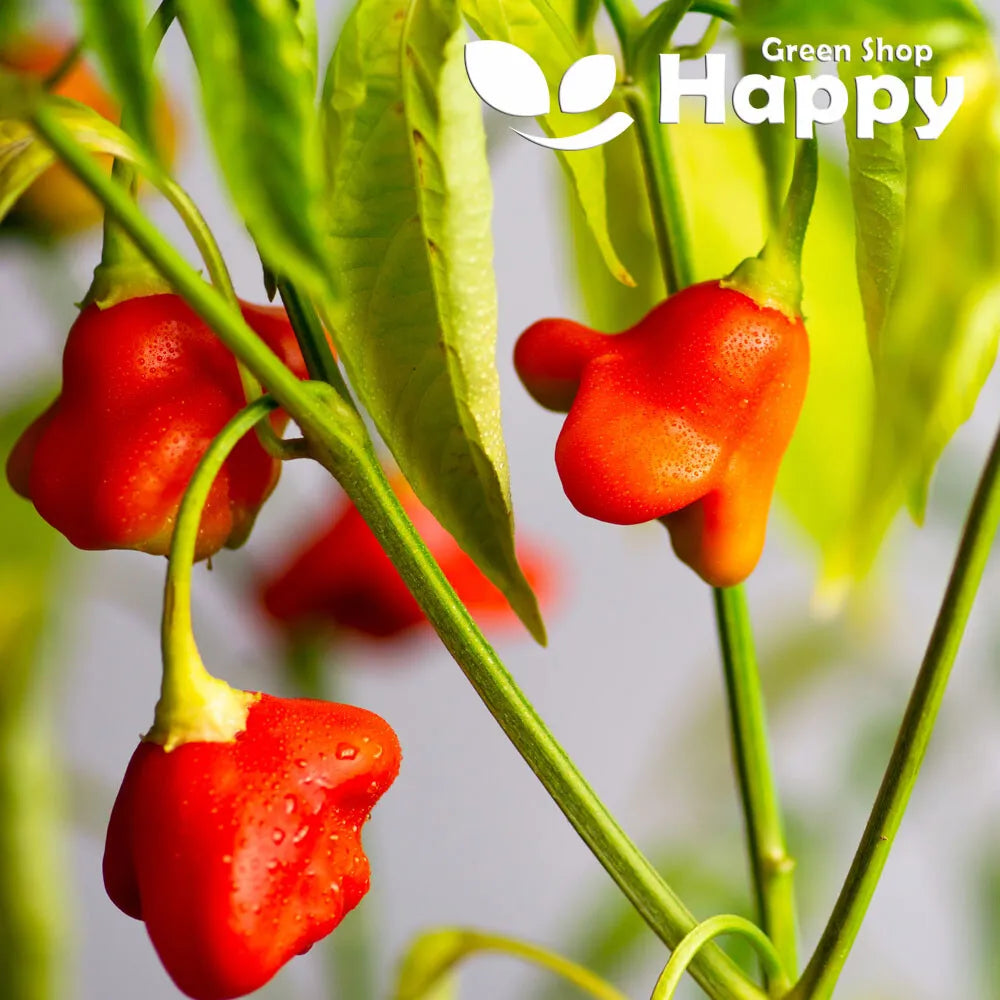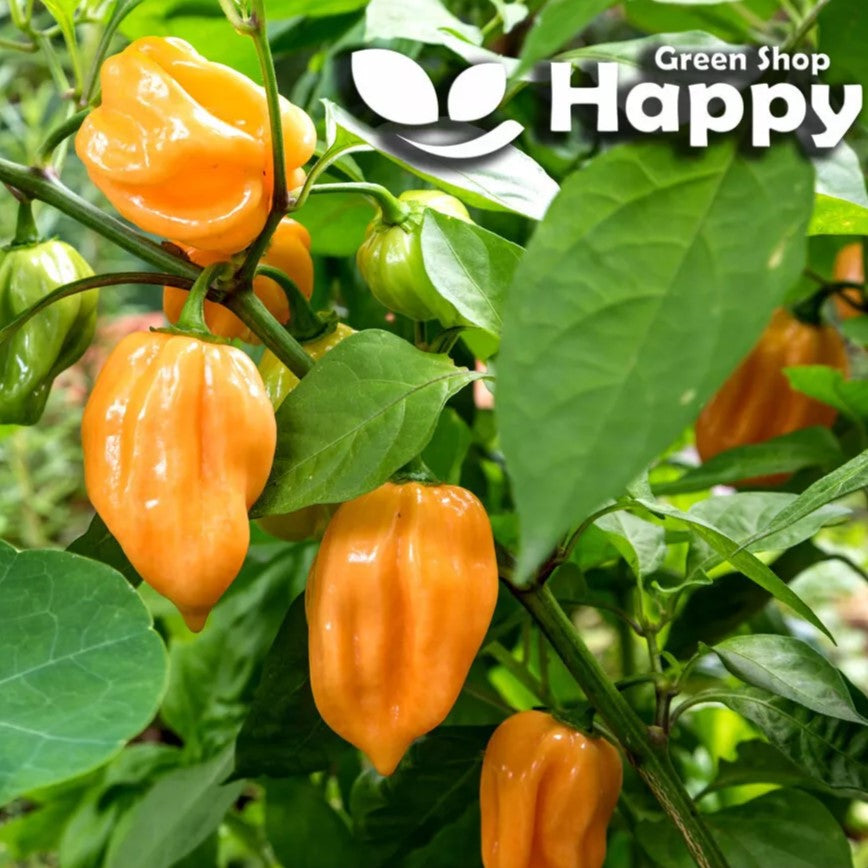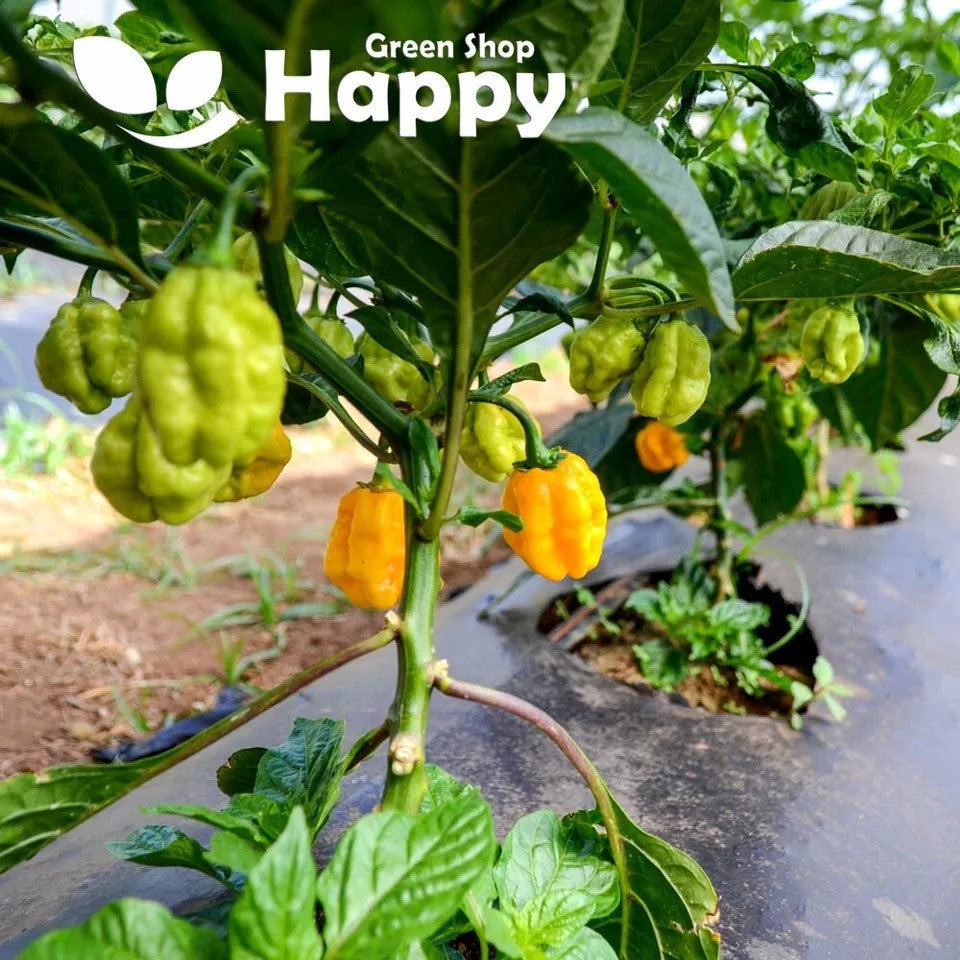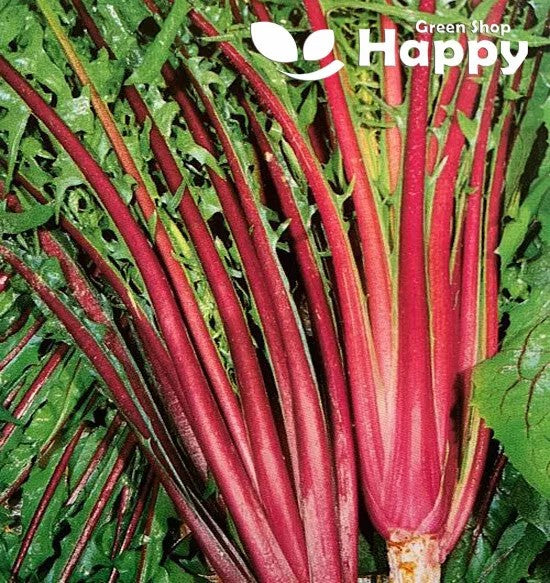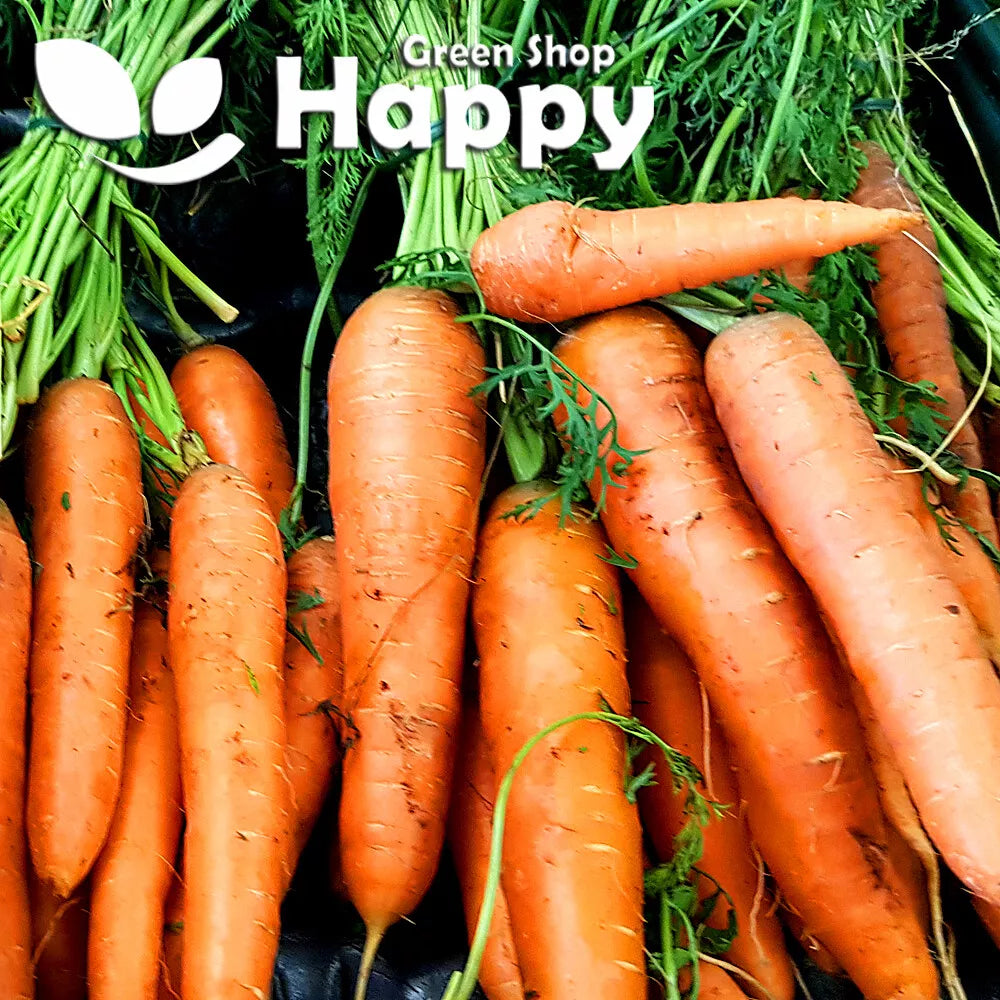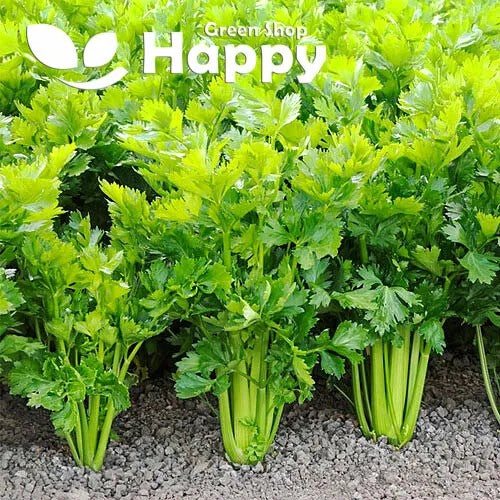Sort by:
190 products
190 products
Chinese Lantern Plant Seeds (Physalis alkekengi)
Add a touch of magic to your garden with the Chinese Lantern Plant (Physalis alkekengi). This striking perennial is known for its bright orange, papery husks that resemble glowing lanterns, making it a stunning feature in borders, containers, and dried floral arrangements. Easy to grow and hardy, it brings late-season color and unique ornamental value.
How to Grow
-
Sow seeds indoors in spring or directly outdoors after frost.
-
Use well-drained, fertile soil in full sun or light shade.
-
Sow seeds 0.5 cm deep and thin seedlings to 30–45 cm apart.
-
Keep soil moist until plants are established.
-
Harvest husks in late summer to early autumn for fresh or dried decoration.
Key Features
-
Produces vibrant orange, lantern-like husks
-
Hardy perennial with long-lasting ornamental appeal
-
Excellent for fresh gardens and dried floral arrangements
-
Easy to grow in borders, beds, and containers
-
Adds late-season interest and garden color
Ideal For
-
Ornamental borders and cottage gardens
-
Dried floral displays and autumn decorations
-
Containers and garden edges
-
Gardeners seeking unique, eye-catching plants
Sowing
-
Best time: Spring indoors or after frost outdoors
-
Depth: 0.5 cm
-
Spacing: 30–45 cm apart
-
Prefers full sun to partial shade, fertile soil
Quick Tip
-
Cut stems just as lanterns turn bright orange for the best results in dried arrangements.
Chinese Cabbage ‘Pak Choi’ Seeds (Brassica oleracea)
Add fresh crunch to your kitchen garden with Chinese Cabbage ‘Pak Choi’ (Brassica oleracea). This fast-growing Asian green produces crisp white stems and tender, glossy green leaves with a mild, sweet flavor. Delicious in stir-fries, soups, and salads, Pak Choi is versatile, nutritious, and easy to grow in beds, borders, or containers.
How to Grow
-
Sow seeds indoors from early spring or directly outdoors from spring to late summer.
-
Use fertile, moist, well-drained soil in full sun or partial shade.
-
Sow seeds 1 cm deep and thin seedlings to 20–25 cm apart.
-
Keep soil consistently moist to prevent bolting.
-
Harvest young leaves as cut-and-come-again or allow plants to mature for full heads.
Key Features
-
Crisp white stems with tender, green leaves
-
Mild, sweet flavor with high nutritional value
-
Fast-growing and productive crop
-
Excellent for stir-fries, soups, and fresh salads
-
Thrives in gardens, raised beds, and containers
Ideal For
-
Stir-fries, soups, and salads
-
Cut-and-come-again harvesting or full heads
-
Home gardens, allotments, and container growing
-
Quick, healthy crops for continuous harvest
Sowing
-
Best time: Spring to late summer
-
Depth: 1 cm
-
Spacing: 20–25 cm apart
-
Prefers full sun or partial shade, fertile and moist soil
Quick Tip
-
Sow in succession every few weeks for a steady supply of fresh, crunchy Pak Choi.
Chinese Cabbage 'Hilton' – Seeds (Brassica oleracea)
Chinese Cabbage 'Hilton' is a highly productive, reliable variety that produces large, barrel-shaped heads with crisp, pale green leaves and a sweet, mild flavor. Popular in Asian cuisine, it’s perfect for stir-fries, soups, salads, and traditional dishes like kimchi.
Fast-growing and versatile, 'Hilton' is ideal for both spring and late-summer sowings, offering gardeners a quick and rewarding crop.
How to Grow
. Sow indoors from March to May or directly outdoors from April
. For autumn crops, sow again from July to August
. Space plants 30–40 cm apart in fertile, moist soil
. Prefers cooler growing conditions for best results
. Protect young plants from pests such as flea beetles
Key Features
. Large, dense heads of sweet, tender leaves
. Quick-growing variety, ready in 60–75 days
. Excellent for stir-fries, salads, soups, and kimchi
. Can be grown in spring or late summer for staggered harvests
. High yields and reliable performance
Sowing & Harvest
. Sow from March to May or July to August
. Harvest from June to October
Short Tip
For the best flavor, harvest before heads become too mature, as older leaves can turn bitter.
Chilli Pepper ‘Cayenne’ – 130 Seeds (Capsicum annuum)
Spice up your garden with Chilli Pepper ‘Cayenne’ (Capsicum annuum). This classic variety produces long, slender, bright red fruits with medium heat, perfect for fresh use, drying, or cooking. Easy to grow and highly productive, it adds flavor and color to your garden while attracting pollinators.
How to Grow
-
Sow seeds indoors 8–10 weeks before the last frost.
-
Use well-drained, fertile soil in a warm, sunny location.
-
Sow seeds 0.5 cm deep and keep the soil consistently moist.
-
Maintain a temperature of 20–25°C for optimal germination (10–14 days).
-
Transplant seedlings outdoors after all risk of frost has passed, spacing 30–40 cm apart.
-
Provide support if necessary and water regularly.
-
Harvest fruits when fully red and firm.
Key Features
-
Long, slender, bright red fruits with medium heat
-
Highly productive and easy to grow
-
Ideal for fresh eating, drying, or cooking
-
Attracts pollinators and adds color to the garden
-
Perfect for homegrown spice and culinary use
Ideal For
-
Vegetable gardens and kitchen gardens
-
Fresh harvest for cooking, drying, or preserving
-
Patio containers and greenhouse growing
-
Adding color and spice to meals
Sowing
-
Best time: 8–10 weeks before last frost indoors
-
Depth: 0.5 cm
-
Spacing: 30–40 cm apart outdoors
-
Prefers full sun, warm conditions, and fertile, well-drained soil
Quick Tip
-
Pinch growing tips to encourage bushier plants and higher fruit yield.
Chilli Pepper ‘Bishop’s Crown’ Seeds (Capsicum baccatum)
Add unique flavor and moderate heat to your garden with Chilli Pepper ‘Bishop’s Crown’ (Capsicum baccatum). This striking variety produces wing-shaped, bright red fruits with a mild to medium heat, perfect for fresh use, pickling, or culinary dishes. Compact, high-yielding, and easy to grow, it’s ideal for home gardens, patios, and greenhouses.
How to Grow
-
Sow seeds indoors 8–10 weeks before the last frost.
-
Use well-drained, fertile soil in a warm, sunny location.
-
Sow seeds 0.5 cm deep and keep soil consistently moist.
-
Maintain a temperature of 22–25°C for optimal germination (10–14 days).
-
Transplant seedlings outdoors after all risk of frost has passed, spacing 30–40 cm apart.
-
Water regularly and provide support if necessary.
-
Harvest fruits when fully colored and firm.
Key Features
-
Wing-shaped, bright red fruits with mild to medium heat
-
Compact, high-yield variety
-
Ideal for fresh eating, pickling, and culinary use
-
Easy to grow in gardens, patios, and greenhouses
-
Attractive, unusual fruit shape adds visual interest
Ideal For
-
Vegetable gardens, patios, and container planting
-
Culinary use, pickling, and fresh consumption
-
Homegrown spicy dishes and unique garden displays
-
Attracting pollinators and adding color to garden beds
Sowing
-
Best time: 8–10 weeks before last frost indoors
-
Depth: 0.5 cm
-
Spacing: 30–40 cm apart outdoors
-
Prefers full sun, warm conditions, and fertile, well-drained soil
Quick Tip
-
Pinch young growing tips to encourage bushier plants and higher fruit yield.
Chilli Pepper "Yellow Habanero" Seeds (Capsicum annuum)
Bring fiery heat and vibrant color to your garden with the Yellow Habanero Chilli Pepper. This variety produces lantern-shaped fruits that ripen to a brilliant golden yellow, offering an intense heat paired with fruity, citrus-like undertones. A favorite among spice lovers, it’s perfect for hot sauces, salsas, and adventurous cooking.
How to Grow
-
Sow indoors 8–10 weeks before the last frost.
-
Use light, well-drained soil and keep warm (20–25°C).
-
Transplant outdoors once soil is warm and frost-free.
-
Plant in full sun, spacing 40–50 cm apart.
-
Harvest when fruits turn golden yellow.
Key Features
-
Bright golden-yellow habanero peppers
-
Intense heat with fruity, citrus notes
-
Compact, bushy plants with high yields
-
Perfect for hot sauces, marinades, and drying
-
Great choice for spice enthusiasts
Ideal For
-
Gardeners who love extra-hot peppers
-
Homemade hot sauces and salsas
-
Adding heat to marinades and stir-fries
-
Growing in pots, greenhouses, or sunny beds
Sowing
-
Best time: Indoors in early spring
-
Depth: 0.5 cm
-
Spacing: 40–50 cm between plants
-
Prefers warmth, sun, and well-drained soil
Quick Tip
-
For maximum heat, let peppers fully ripen on the plant before harvesting.
Chicory Baby Leaf 'Italico Rosso' – Seeds (Cichorium intybus)
Add vibrant color and a tangy bite to your salads with Chicory Baby Leaf 'Italico Rosso'. This Italian variety is known for its deep red, slender leaves and pleasantly bitter flavor that balances perfectly with milder greens. Fast-growing and easy to harvest as baby leaves, it is a staple for gourmet salad mixes and year-round growing.
How to Grow
. Sow directly outdoors or under cover from March to September
. Scatter thinly and cover lightly with soil, keeping moist until germination
. Harvest young leaves at 5–10 cm for baby salad mixes
. For cut-and-come-again harvests, trim leaves regularly to encourage regrowth
. Prefers fertile, well-drained soil in sun or partial shade
Key Features
. Italian chicory with striking red baby leaves
. Distinctive tangy, slightly bitter flavor
. Quick to mature, harvestable in weeks
. Perfect for cut-and-come-again cropping
. Adds texture and color to gourmet salads
Ideal For
. Fresh salad mixes
. Gourmet dishes and Italian cuisine
. Cut-and-come-again harvesting
. Gardeners seeking unique leafy greens
Sowing & Harvest
. Sow: March – September
. Harvest: April – October
Quick Tip
Mix 'Italico Rosso' with milder lettuces and rocket for a balanced, colorful salad bowl.
Chantenay Carrot ‘Charisma’ F1 Seeds (Daucus carota)
Grow high-yield, flavorful carrots with Chantenay Carrot ‘Charisma’ F1 (Daucus carota). This uniform, early-maturing variety produces thick, short, orange roots with excellent taste, ideal for fresh salads, cooking, and roasting. Hardy and easy to grow, it’s perfect for kitchen gardens, raised beds, and succession sowing.
How to Grow
-
Sow seeds directly outdoors from early spring to midsummer.
-
Use fertile, well-drained soil in full sun.
-
Sow seeds 1 cm deep and thin seedlings to 5–8 cm apart.
-
Keep soil consistently moist for optimal germination (10–14 days).
-
Harvest roots when fully grown but still tender for best flavor.
Key Features
-
Thick, short, uniform orange roots
-
Early-maturing, high-yield F1 hybrid
-
Sweet and flavorful, perfect for salads, cooking, or roasting
-
Reliable and easy to grow
-
Suitable for succession sowing and continuous harvest
Ideal For
-
Vegetable gardens, raised beds, and allotments
-
Fresh salads, cooking, and roasting
-
Succession sowing for steady harvests
-
Homegrown culinary use
Sowing
-
Best time: Early spring to midsummer outdoors
-
Depth: 1 cm
-
Spacing: Thin to 5–8 cm apart
-
Prefers full sun and fertile, well-drained soil
Quick Tip
-
Sow in successive batches every 2–3 weeks to enjoy a continuous supply of tender, sweet roots.
Celery ‘Utah’ Seeds (Apium graveolens var. secalinum)
Grow crisp, tender stalks with Celery ‘Utah’ (Apium graveolens var. secalinum). This reliable variety produces tall, smooth, green stems with a fresh, mild flavor, perfect for salads, soups, and stews. Known for its disease resistance and consistent quality, it’s a favorite for home gardeners and a must-have in the kitchen garden.
How to Grow
-
Sow seeds indoors 8–10 weeks before the last frost.
-
Use moist, fertile, well-drained soil in full sun.
-
Sow seeds thinly on the surface, pressing gently without covering deeply.
-
Keep soil consistently moist; germination may take 14–21 days.
-
Transplant seedlings outdoors after frost, spacing 25–30 cm apart.
-
Harvest stems when they reach full size but remain crisp.
Key Features
-
Produces tall, smooth, green stalks
-
Crisp texture with a mild, refreshing flavor
-
Excellent for soups, stews, and salads
-
Strong, reliable, and disease-resistant variety
-
Perfect for home gardens and allotments
Ideal For
-
Fresh salads, cooking, and soups
-
Vegetable gardens, allotments, and raised beds
-
Gardeners who want a reliable, easy celery variety
-
Continuous harvesting through the season
Sowing
-
Best time: Indoors 8–10 weeks before last frost
-
Depth: Surface sow, cover lightly
-
Spacing: 25–30 cm apart
-
Prefers full sun and fertile, moist soil
Quick Tip
-
Water regularly and mulch around plants to keep soil cool and prevent stems from becoming tough or stringy.
Showing 153/190



